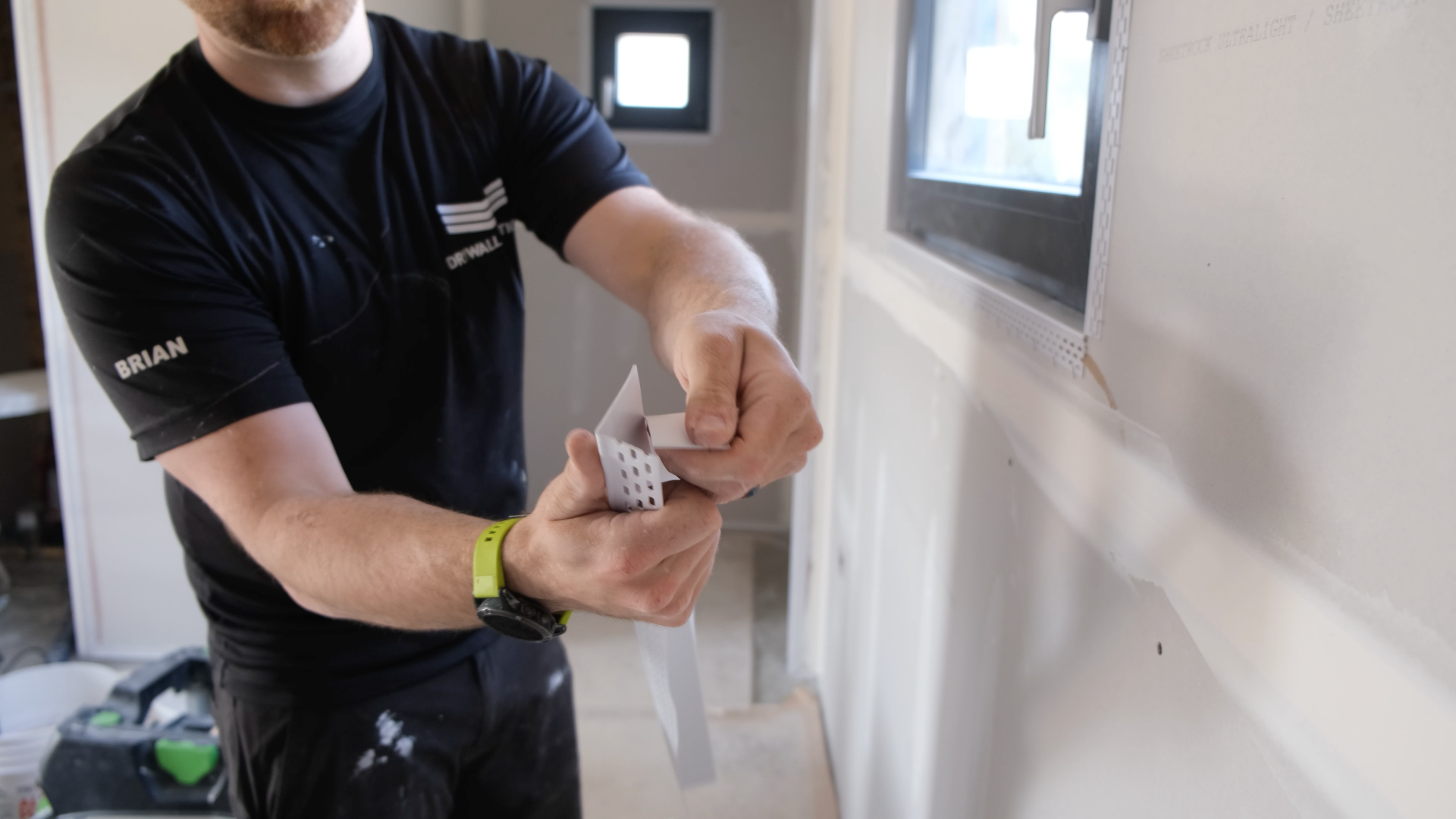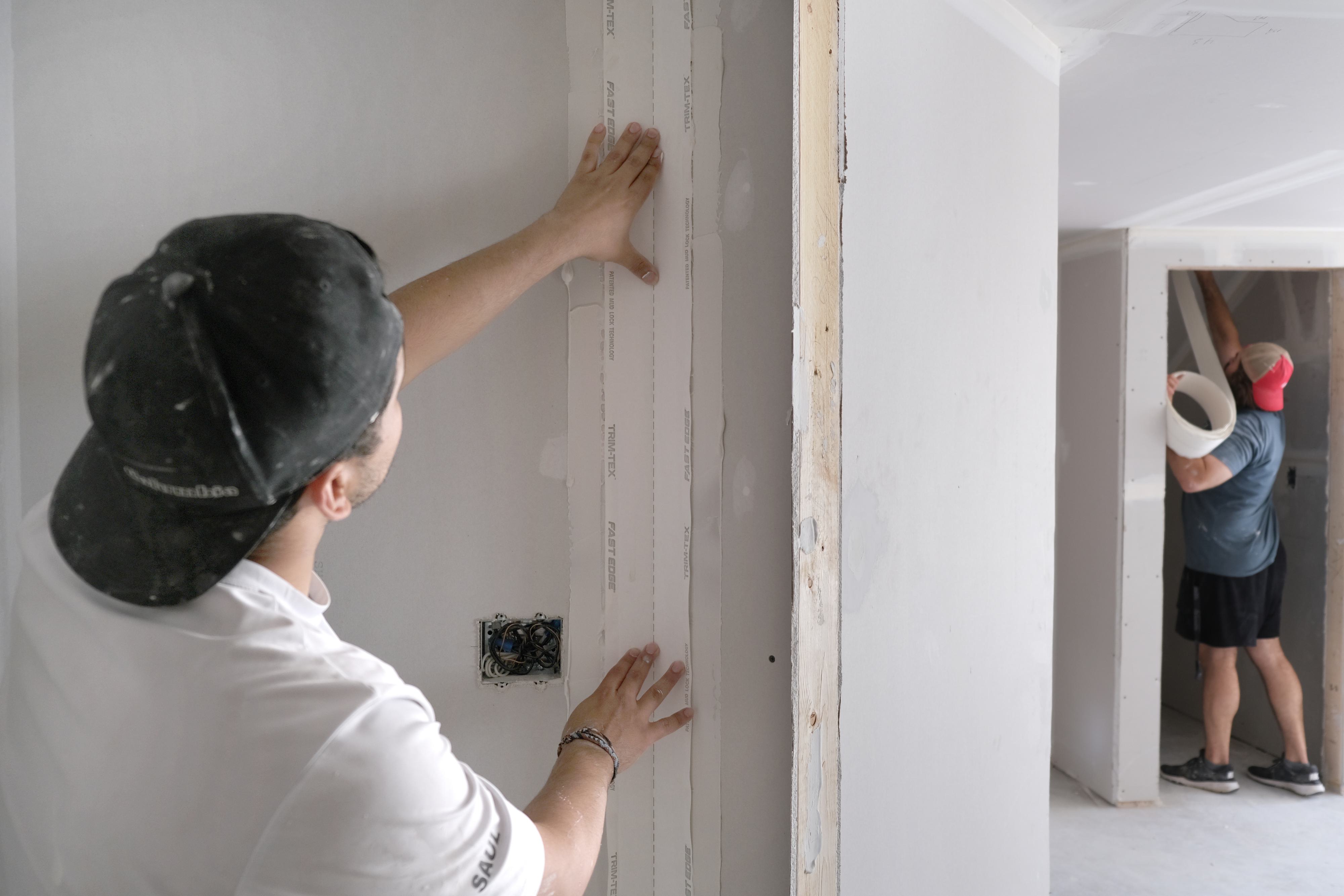For drywall professionals, clean corner finishes separate quality jobs from amateur work. Creating seamless transitions between walls highlights your finishing skills, expertise and mastery of materials and best practices.
This guide shares expert advice and techniques to elevate your installations from standard to exceptional. With the right materials and methods, you can complete flawless drywall corners efficiently.
Tools and Materials Needed
Essential Tools
Having specialty drywall tools makes installation much easier. Here are the basics:
Drywall saw: Cuts through drywall quickly and accurately
Utility knife: Slices through paper facing and makes detailed cuts
T-square: Ensures straight cuts
Taping knives: Applies joint compound smoothly
Sanding pole: Reaches high corners for smoothing
Sander: Smooths away bumps
Important Materials
Before choosing your corner bead, it is important to consider the different options. Traditional metal corner bead is a common choice, but vinyl corner bead is more durable and versatile. Other essential materials include joint compound, spray adhesive and corner beading clips, staples or fasteners for securing the bead.
No matter what materials you choose for the job, it is essential to select materials from a trusted brand. When you work with a dedicated manufacturer like Trim-Tex®, who manufactures a collection of over 200 high-quality drywall solutions, you can be sure to find a reliable solution for every project.
Safety Gear
Drywall work kicks up lots of dust. You can avoid health issues down the road by gearing up appropriately for the job. Protect yourself with:
A dust mask
Safety goggles
Ear protection from power tools
Gloves
Long sleeves and pants




